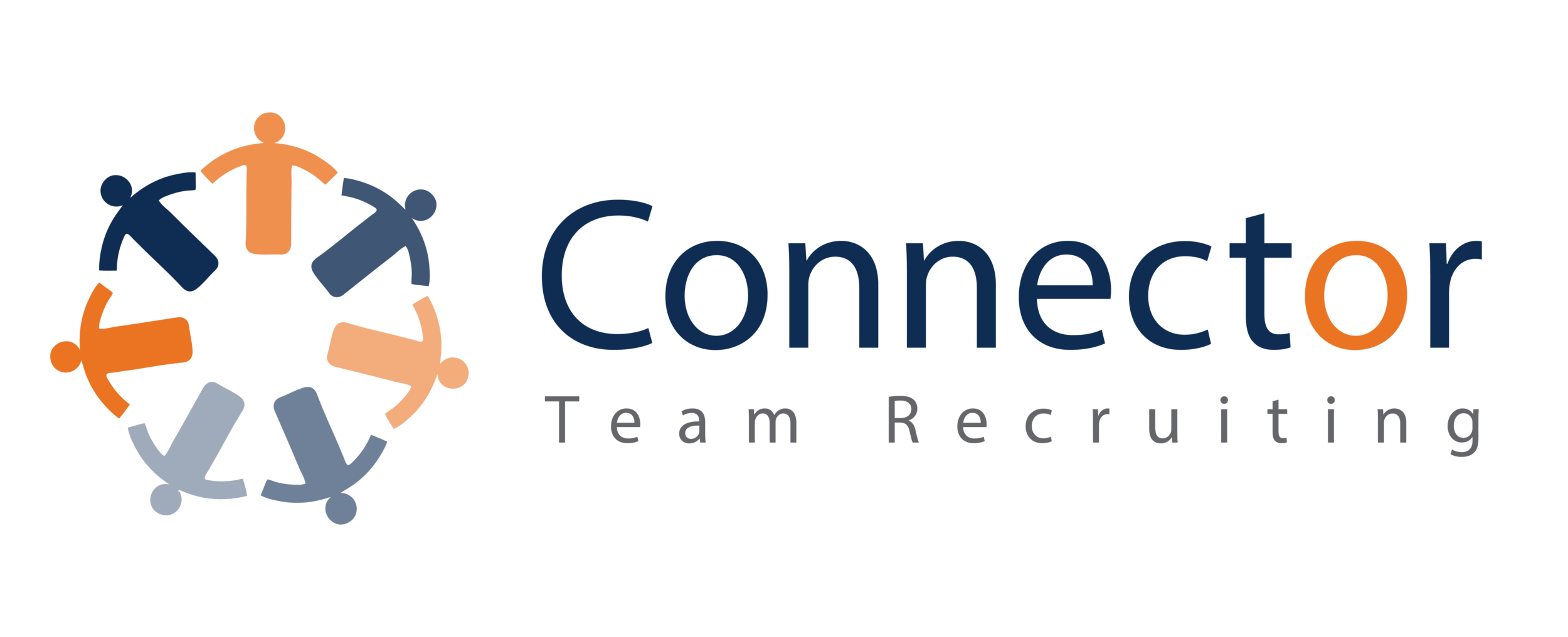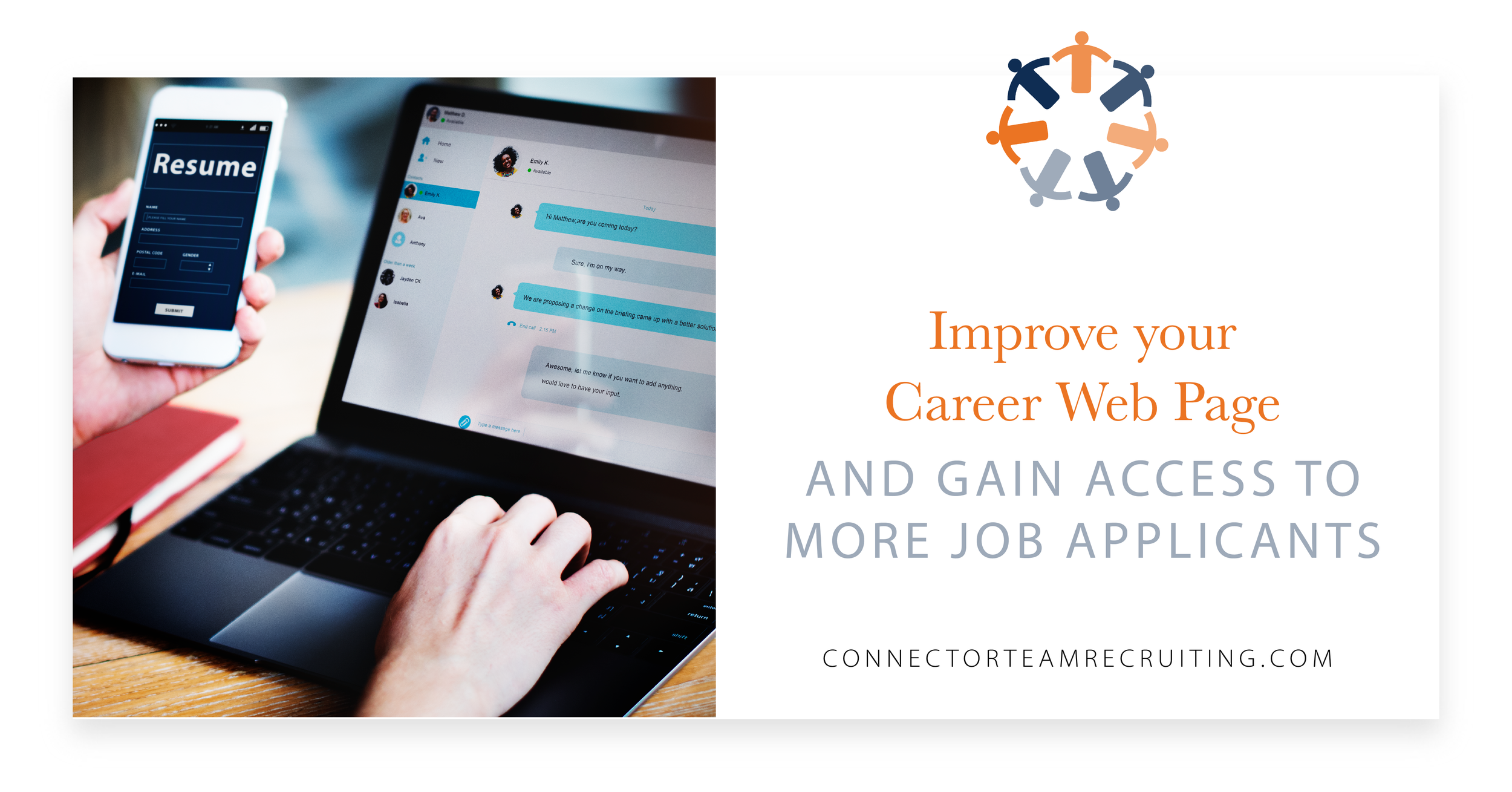When there is major change at an organization, it’s never an easy transition for employees like you who remain with the company. After all, you’ve given many months and even years to the business. There’s a good chance you’ve spent more time with your manager and fellow employees than with some of your closest friends during that period.
Nearly every executive with a career of significant length will most likely experience a dramatic change or shift within their company. These include; a leadership change, a massive restructuring or a change of control according to Bill O’Malley, Executive Recruiter. However, when there an organizational change – you’ll want to do your best to ensure you’re in the optimal position for future advancement at the organization. If you’re an all-star employee, chances are you’ll be asked to stay on with the company. That can mean a big opportunity for you to achieve growth and career advancement.
Therefore, it’s important that you’re prepared to gain the skills you need, to be as successful as possible, during this potentially tumultuous time. According to a Forbes article by John Feldmann, this process, called upskilling, can be a crucial part of a changing company. “By upskilling current employees, companies can fill open positions while retaining their current workforce by creating learning opportunities,” he notes.
Here are three strategies you can follow when your company goes through big changes and you want to make the most of the situation:
1. Speak with the company’s leadership to understand the skills they need most
As soon as you find out that your company is going through change, speak with your manager as well as with any other company leaders you trust with your career. By doing so, you’ll show that you’re eager to learn more about the situation and are willing to do whatever it takes to help the company move forward.
That’s something the Harvard Business Review recommends in an article about difficult reorganizations: “Once you’ve absorbed the planned changes, you need to think about what they mean for your day-to-day responsibilities and your potential job satisfaction.”
After requesting to speak with leadership, take some time to think about the value you can bring to your organization. Reflect on the successes you’ve had, so that you can highlight them during these meetings. By doing your homework ahead of time, you’ll show your manager and others that you have an impressive ability to plan and a commitment to succeeding when times are tough.
During these meetings, it’s also important to ask what they’ll be looking for most from the team after the change has been enacted. Their answers can give you valuable information on how you can train and upskill yourself in the coming months.
2. Make use of online platforms that can help you learn
After a reorganization, responsibilities and roles are often condensed, so it’s all hands-on deck. You may find that you’re now responsible for new day-to-day tasks that you hadn’t previously performed. Having spoken with company leadership, you will be one step ahead, with invaluable knowledge to help you succeed in the new environment.
The next step is to learn as much as possible and gain the skills necessary for advancement. Helpful websites include LinkedIn Learning and Udemy. Both offer thousands of online tutorials, taught by world-renowned experts, that can truly help you thrive during this pivotal moment in your career and your company’s journey.
Consider taking courses in topics such as:
- Leadership and management
- Data science
- Business software and tools
- Communication and public speaking
3. Consider enrolling in a certificate or degree program
Beyond learning about potential growth opportunities and taking one-off online courses, you can turn upcoming organizational change into a chance to go back to school or earn a certificate to boost your skill set.
While online learning platforms are great for gaining knowledge about specific subjects, getting a master’s degree or a certificate from an accredited institution can make you truly invaluable. Many reputable universities now offer online master’s programs, making it that much easier for working professionals to continue their education.
There are many instances where your company can help you achieve this goal. For example, some organizations have tuition reimbursement or assistance programs that can help you earn a degree at a reduced rate. To begin this process, simply read through your employee benefits resource information or contact the human resources department.
Additionally, you should initiate a conversation with your manager once you start considering enrolling in an educational program. This will do a couple important things: first, it’ll express your commitment to upward mobility at your company. It will also help you to determine workplace flexibility opportunities, that potentially can include adjustments to your work schedule to make a degree program work for you (and your team).
Ultimately, transformation at your company doesn’t have to be frightening, or damaging to your career. Instead, use this period as a time for self-growth and to gain new skills. You’ll then be able to pivot to bigger roles and more responsibilities in the wake of major change.























